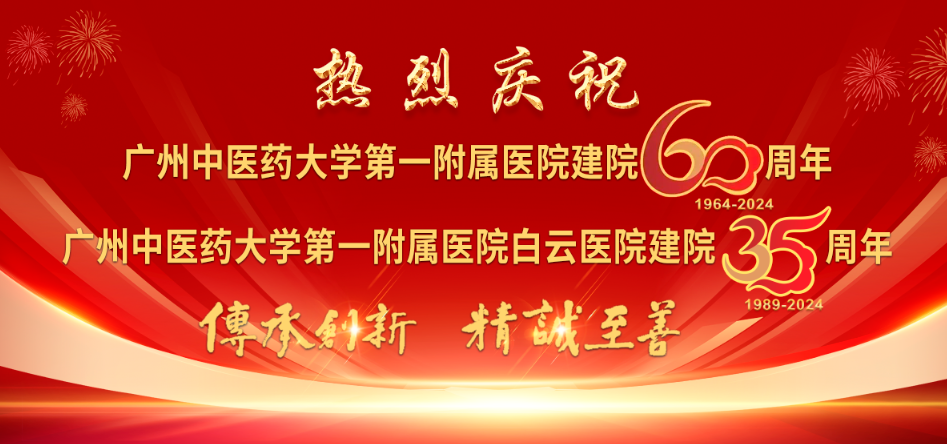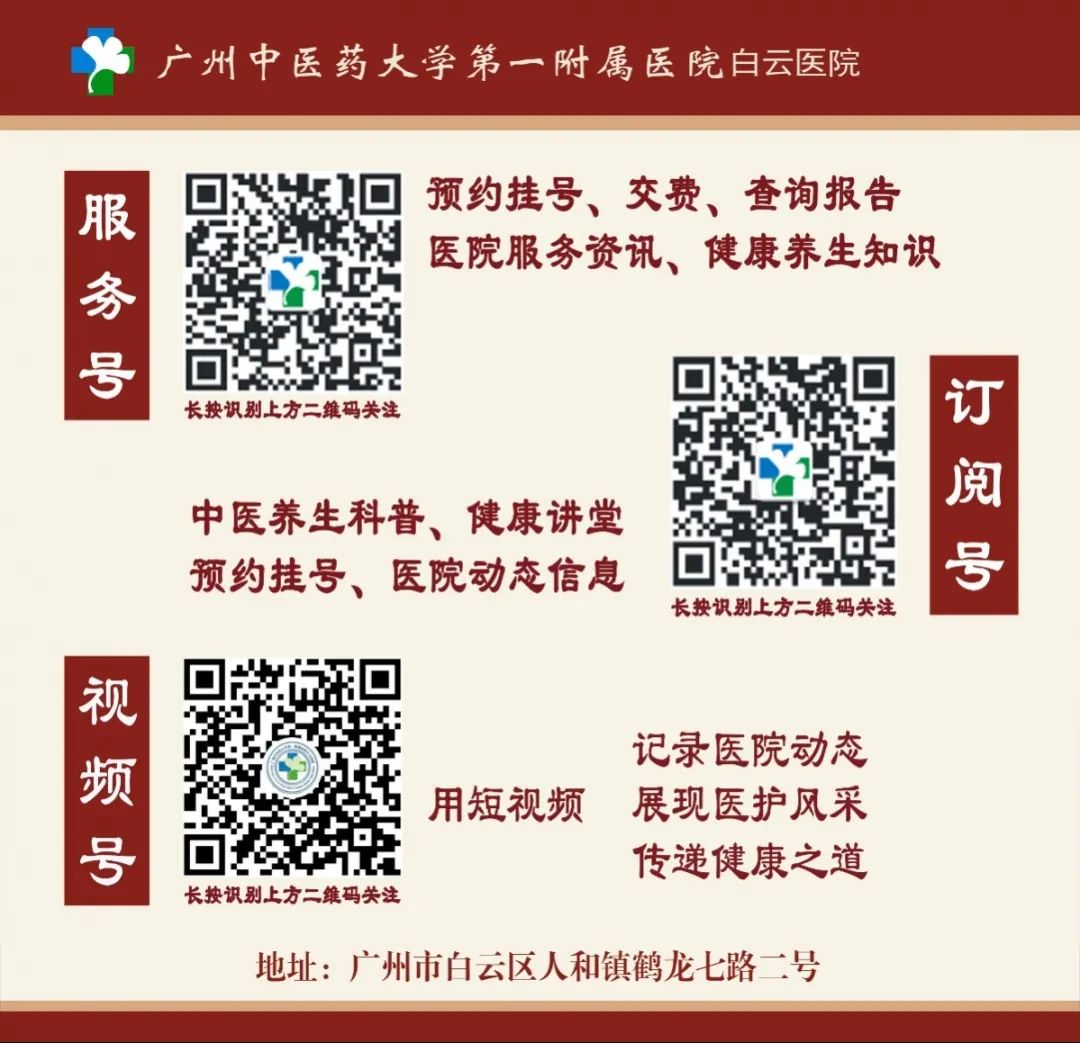
Shu Di Huang (熟地黄)
Shu Di Huang is the fresh or dried tuber of the plant Rehmannia glutinosa, belonging to the Scrophulariaceae family. After processing, Sheng Di Huang (生地黄) is transformed into Shu Di Huang, which appears as irregular chunks or fragments of varying sizes and thicknesses. The surface is dark black with a glossy sheen and is highly viscous. The texture is soft yet resilient, making it difficult to break, with a black and shiny cross-section. It has a faint aroma and a sweet taste.
Medicinal Properties of Shu Di Huang
Shu Di Huang is sweet in flavor and slightly warm in nature. It enters the Liver (肝) and Kidney (肾) meridians. It is known for its ability to nourish blood (补血), enrich yin (滋阴), and replenish essence (益精填髓). Clinically, it is commonly used to treat conditions such as blood deficiency (血虚) leading to sallow complexion, palpitations (心悸), irregular menstruation (月经不调), excessive uterine bleeding (崩漏), yin deficiency of the Liver and Kidney, soreness of the lower back and knees, tidal fever (骨蒸潮热), night sweats (盗汗), seminal emission (遗精), internal heat leading to thirst (内热消渴), dizziness (眩晕), tinnitus (耳鸣), and premature graying of hair (须发早白). When used with Dang Gui (当归), Bai Shao (白芍), and Chuan Xiong (川芎), it can treat blood deficiency, dizziness, palpitations, insomnia, and menstrual irregularities, as seen in the Si Wu Tang (四物汤) formula. For heart blood deficiency causing palpitations, it can be combined with Yuan Zhi (远志) and Suan Zao Ren (酸枣仁) for calming the spirit. In cases of excessive uterine bleeding leading to blood deficiency and coldness in the lower abdomen, it can be paired with Ejiao (阿胶) and Ai Ye (艾叶) to nourish blood and stop bleeding, as in the Jiao Ai Tang (胶艾汤). To address yin deficiency of the Liver and Kidney, soreness of the lower back and knees, seminal emission, night sweats, tinnitus, and thirst, it is often used with Shan Yao (山药) and Shan Zhu Yu (山茱萸), as in the Liu Wei Di Huang Wan (六味地黄丸). It can also be combined with Zhi Mu (知母), Huang Bai (黄柏), and Gui Jiao (龟甲) to treat yin deficiency with tidal fever, as in the Da Bu Yin Wan (大补阴丸). When paired with He Shou Wu (何首乌), Niu Xi (牛膝), and Tu Si Zi (菟丝子), it can address deficiency of essence and blood leading to premature graying of hair, as in the Qi Bao Mei Ran Dan (七宝美髯丹). Additionally, when combined with Gui Jiao, Suo Yang (锁阳), and Gou Ji (狗脊), it can treat insufficiency of the Liver and Kidney, characterized by weakness and softness of the limbs, as in the Hu Qian Wan (虎潜丸).
Application of Shu Di Huang
The typical clinical dosage of Shu Di Huang is 9 to 15 grams, decocted in water for oral administration. It is important to note that due to its viscous nature, it may hinder digestion; therefore, it should be avoided in cases of qi stagnation with phlegm, abdominal distension and pain, reduced appetite, or loose stools. For prolonged use, it is advisable to combine it with Chen Pi (陈皮) or Chao Sha Ren (炒砂仁) to prevent digestive obstruction.
Source: Ling Ling Medical Classroom
If there are any copyright issues, please contact for removal.

↓↓↓
How to get to the First Affiliated Hospital of Guangzhou University of Chinese Medicine, Baiyun Hospital?
▲
Long press the QR code above, select “Recognize” to follow


